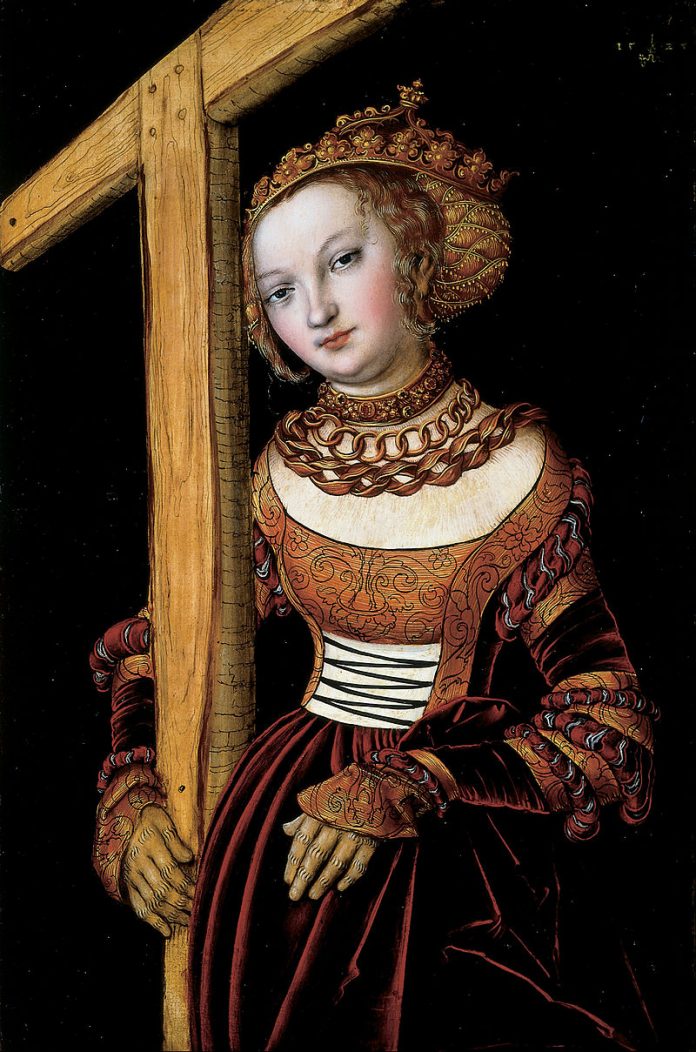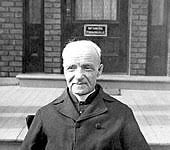|
Wednesday 18 August 2021 marks the feast of St Helena, Mother of the Emperor Constantine the Great. St Helena is also known – perhaps more so – for finding or what we call it, as the invention of the Cross of Christ in Jerusalem. However, her life story has much to teach us in our day-to-day living. According to the sixth-century historian Procopius, St Helen was born around the year 248 in Drepanum, modern day Turkey. Her full royal name was Flavia Julia Helena Augusta. Although later on in life she earned prestige, the beginnings were from easy and rosy. Helena had to face many heartbreaking difficulties, starting of course from her very marriage. After she fell in love and married Constantius Chlorus, deigned by the emperor to become co-Regent of the Western Part of the Roman Empire. The post looked ideal, but Chlorus had to pay a very high price, namely that of divorcing Helena, after twenty-two years of happy marriage to marry Theodora, the step-daughter of the Emperor Maximian. Following this most heart-aching story, Helena and her son Constantine were sent to the court of Emperor Diocletian at Nicomedia. Here Constantine grew and, slowly, slowly, became a member of the inner circle. All the while, Constantine became more and more attached to his mother Helena, up to the point that when he succeeded his father, Costantius Chlorus he immediately brought his mother to the imperial court, where she rightly belonged, and lavished on her the title of Augusta, a title solely given to empresses and great women of valour in the imperial families. Thanks to her position, Helena could issue coins, wear imperial regalia and rule her own court. To this end Constantine ordered that all honour be given to her as the mother of the sovereign. The coins which bear her effigy, which are, in fact, some of the earliest coins minted in Nicomedia, justify Constantine’s most loving respect he cherished for his mother.Following the extraordinary victory of her son Constantine over Maxentius at the battle of Milvian Bridge, Helena, according to the famed Church historian Eusebius, “became a devout servant of God”. Her devotion is seen from her decisive influence in the spread of Christianity in every corner of the Roman empire. Not only that, but the great Empress did everything possible to seal this Christian expansion by the building of sacred spots, particularly in Palestine, the place of our redemption. Around the year 324 Helena went on pilgrimage to the Holy Land, where she was instrumental in the construction of two great churches: one in Bethlehem, in the proximity of the Nativity Grotto; the other was on the Mount of the Ascension. During her stay in the Holy Land Helena was the angel of the poor. With how much loving concern she helped them financially both as individuals as well as whole communities. It was at this time that she found the true Cross of Christ. Among the several versions, the one that was circulated the most, especially in the Middle Ages, is that she started asking the people of Jerusalem. Seeing that the Jewish leaders did not utter a word, she placed one of them, Judas, in a well until he decided to collaborate. After seven days of continual prayer to God for guidance the Lord showed him interiorly where the Cross was buried. Judas told the place, converted to Christianity and took the name Kyriakis, which means “he who belongs to the Lord”. After the excavations, Helena found three crosses, nails, and the titulus (title) under a pagan temple. To determine which is the right cross, a deathly sick girl was brought to the site. She was touched by all three crosses, but upon being touched by the True Cross, her health was miraculously restored. St. Helena lived in a lavish house near the Lateran, and a pious tradition connects her with the establishment of what would become the Vatican Gardens because, on that site, she spread earth taken from Golgotha to symbolically amalgamate the blood of Jesus with that shed by thousands of early Christians who fell under Nero’s cruelty. Following her demise, her huge villa was demolished and on it was built the Church of the Holy Cross, which stands to this day. On November 8, 324, Helena received the title Augusta, and in AD 327, Constantine changed the name of his mother’s hometown to Helanopolis. After a long and fruitful life Helena died at the age of eighty-two, on August 18, 330. She was greatly comforted by her son Constantine who accompanied her while dying. After her death her body was brought to Constantinople and put to rest in the imperial vault of the Church of the Apostles. Helen was buried in the Mausoleum of Helena, outside Rome on the Via Labicana. Her sarcophagus can be seen in the Pio-Clementine Vatican Museum. Next to her, one can see the sarcophagus of her granddaughter Saint Constantina (Saint Constance). Her skull is shown in the Cathedral of Trier, in Germany. When the Muslims started advancing, her body was relocated to the Abbey of Hautvillers in Reims, France in AD 849. The eastern Church highly extols St Helena, mainly in the Akathist Hymn to the God-Crowned Sovereigns and Great Saints of God, the Holy Constantine and Helen, lavishing upon her the following litany of praise: Rejoice, foundation of piety,
|
|










